If you’re ‘returning to normal’, here are our top tips for hassle-free travel
Most people have heard a few airline-baggage horror stories, and seasoned archers may have a few
of their own. For the pros, gear not turning up or being delayed at a major tournament is essentially an occupational hazard, and the archery peleton usually swings into action lending spare bows, arrows, and everything else.
For us mere mortals, it may be more complicated, and if your bow isn’t there on time, that’s it. So how can you avoid delays and issues with your equipment when travelling?
Drive…if you can
If it’s possible to avoid the hassle and expense of flying, do so. Most commonly, archers will share a car with several other archers, and usually share some of the driving, too. This is, naturally, only feasible on certain journeys, and fuel, expense, and wear and tear also add up.
However, it gives a lot of flexibility. See if you can share the burden next time – and, of course, it’s better for the environment too.
Box it up
Make sure you have a travel-worthy case. The small, soft-sided case or backpack you bring with you to your local range isn’t going to cut it in an airplane hold. You need a case specifically designed for air travel. Most archers choose either a hard case or a hybrid-style case, which is soft sided with support beams. As most bow cases usually roll along the ground, it may be easier to use a large rucksack as your carry-on bag, as it’s less of a pain than trying to roll two cases.
The best-known hard cases designed specifically for bows are made by SKB and Pelican (known as Peli in Europe). These provide the strongest protection, although they are expensive and the longer cases will incur extra baggage charges. The lighter ABS cases (sold by Win & Win, Shibuya and many others) are light and easy to wheel around, but not as solidly built.
On the DIY end of things, a recurve bow with the absolute minimum of spares will fit in a cheap roll case, and a 28” long rod will usually fit diagonally in a large suitcase (you may have to remove the weights first!). This is a way of taking both a bow and enough luggage for a holiday while only having to check one bag, if you’re away for a few days but still want to shoot.
Pack light
As the phrase goes, there are two kinds of travellers: those who pack light, and those who wish they had. Unlike ‘real’ travellers, archers cannot pack super light and few archery items are allowed in a carry-on bag (especially arrows). You will be at the mercy of bag drops, baggage handlers and connections. Do you really need to take a complete set of spares for everything, or could you borrow something at a pinch?
Pack well
Imagine your case being dropped from five feet off the ground – it happens. Probably the most important thing you can do when travelling by air with your bow is to pack tightly and well. You will want to arrange things so everything is protected and there isn’t space for items to fly around. This means tying down your bow with straps, putting smaller items in zip-up pouches, etc.
You can use competition gear like raincoats and shooting shirts as extra padding. For recurve archers, the riser is the heaviest object in the case and it needs to be secure from flying around and denting anything else.
Lock up carefully
If you choose a case with locks or plan to add your own, make sure they are TSA-approved locks (Google for these), as it is highly likely your bow case will be searched by the airlines. Many archers avoid lock damage by simply not putting one on in the first place.
It’s often recommended to tape up latches or buckles, as baggage inspectors will often re-tape a latch after inspection. Some archers use Velcro cable ties instead of locks; these will keep things closed but are removable and replaceable. Make sure all of your info is written inside the case.
Check with the airline – twice
It’s helpful, before you purchase any case, to check the dimensions against the maximum allowed on your preferred airline. Most archery cases meet size requirements on most airlines, but it’s to your advantage to know the rules BEFORE heading to the airport (airlines have a habit of changing their policies over time).
The same applies to weight restrictions. A bow case that is too large or too heavy can drive up the cost of your air travel, fast. Always weigh your case before travelling. If you already have a bow scale for measuring poundage, that will do the job nicely.
Some airlines – notably some Middle Eastern carriers – refuse bows entirely, or demand a blanket damage waiver. You may have little choice in the matter at the airport. Check and check again!
Itchy Fingers
Another lesson to apply to your packing is to make it as easy as possible. Because you should expect airline officials to go through your bag, and they don’t want to spend a lot of time, your best bet is to make
it easy for them to locate items that may show up on the scanner and to put everything back in quickly.
If you decide to use an airline cover for your case, be extra sure you have contact info inside the case. Cases definitely do get separated from their covers, which is where all the flight info is located. Many archers use luggage tags or info cards, but these are typically connected to the cover, not the case itself. If the case loses its cover, it becomes almost impossible to track it down without your personal information inside.
For compounders, whoever might be looking in your bow case might decide to dry fire your bow – yes, this can happen. It’s a good idea to zip tie compound string/cables to make sure this is impossible. (A musician friend of Bow’s flew with an electric guitar a few years ago; when it arrived at the destination, a day late, there were abundant clues that someone had taken it out of its case, strapped it on and played it for a while.) Always pack smaller items into boxes and pouches to reduce the chances of things being spilled everywhere.
Keep some things close
Always pack your release/finger tab in your carry-on luggage or bag. This is the ONE piece of equipment that is hardest to borrow if your luggage doesn’t show up, and the chances of your bow not appearing, or arriving a day after you do, get greater with distance, the number of connections you have to make and the shortness of those connections.
If you are heading to a REALLY important tournament, or you are nervous about a connection, it’s a good idea to find a friend or teammate who is also going, so you can pack up together. This entails packing your backup bow and equipment in their bow case with their primary equipment.
Then they would pack their backups in your bow case with your main gear. This gives you better odds for at least one case arriving on time to shoot the tournament, which would allow you both your own bow to shoot (this method is used by international teams as well).
What’s in the box?
Airline staff are risk averse and want to know why you are bringing this bizarre, scary and weapon-like equipment on board their plane. Make their life easier. George Tekmitchov, on arriving in Spain for a tournament, faced a customs officer demanding to see his ‘archery licence’. Luckily, his USA Archery membership card sufficed.
In your personal on-board bag, bring details of the tournament (a start list would be a good idea), your national membership card and anything else that could persuade a crotchety customs inspector that you are safely doing what you say you are doing.
Unfortunately, archery is still a mystery to a lot of people, including airline workers. Allegedly, entire national teams have had their baggage initially refused carriage as they contained ‘firearms’! It’s best not to say anything about it unless asked, but if someone queries what’s inside your case, it’s advisable to say you are carrying sporting equipment, rather than archery equipment, as with a little luck they might assume it is golf or hockey gear or something else less worrying.
As mentioned before, it’s helpful to know the airline’s rules and regulations. By knowing the policies, you can avoid mistakes that can be costly or delay your travels. if you are told something different by an employee, feel free to ask (nicely) for a manager, especially if they are insisting you pay an unnecessary fee, or you are told you can’t fly with your bow.
Ship it instead
Now that airlines have made extra bags a significant revenue source, another option, if you can make it work, is to ship your bow in advance using FedEx or similar. This can work out cheaper than travelling with it yourself. It’s worth investigating as an option, at least. (Of course, you’ll have to ship it back, too – which may be more of a pain.)
The golf technique
Airlines are often keen to attract golfers, but not archers (for some reason). Most airlines have rules for hard golf bags, which are almost always oversized. Usually, they will ship them as regular hold baggage, with attendant costs and weight limits.
Some cunning archers have been known to pack bows into hard golf cases, with some old charity shop clubs and a golf ball or two. Some airlines have rules about what can go in a golf bag, but few will inspect in forensic detail.
Obviously, Bow doesn’t recommend gaming the system or accept responsibility for what will happen if you try this technique. All we can say is: we’ve met more than a few archers who have gotten away with it.
Once you get there
The first thing you should always do after retrieving your luggage is to check your bow case. Open it and do a quick visual check to make sure there is nothing missing or broken.
Many things are an easier fix while you are still at the airport, so try not to skip this step. If anything is missing, make sure to document everything, and to hold on to the inspection tag inside your luggage – this may be the key to an insurance claim, so don’t lose it.
Be nice
It’s always good practice in life, but especially when travelling with a bow, to be courteous
to airline employees and give them a smile. They often work horrendous hours, dealing with a lot of miserable customers, so a little warmth towards them can go a long way in helping you avoid trouble.
Thanks to everyone who contributed tips for this story.


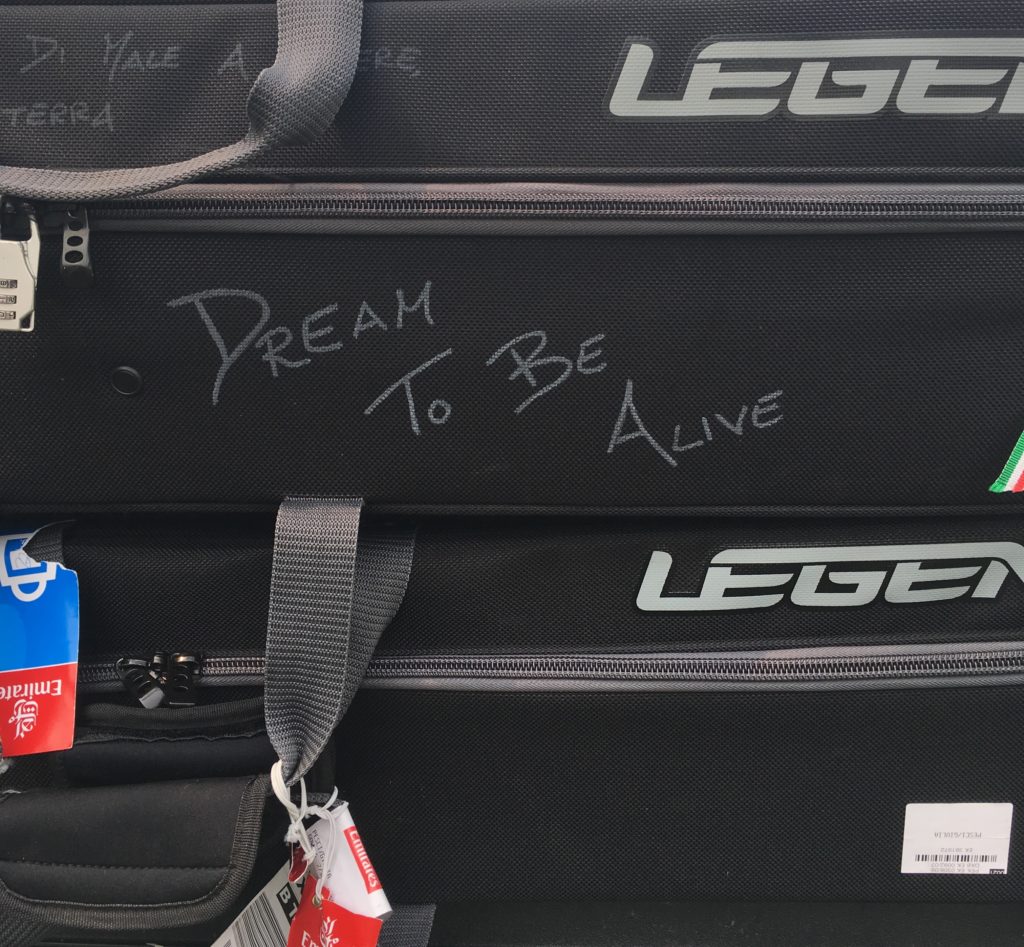
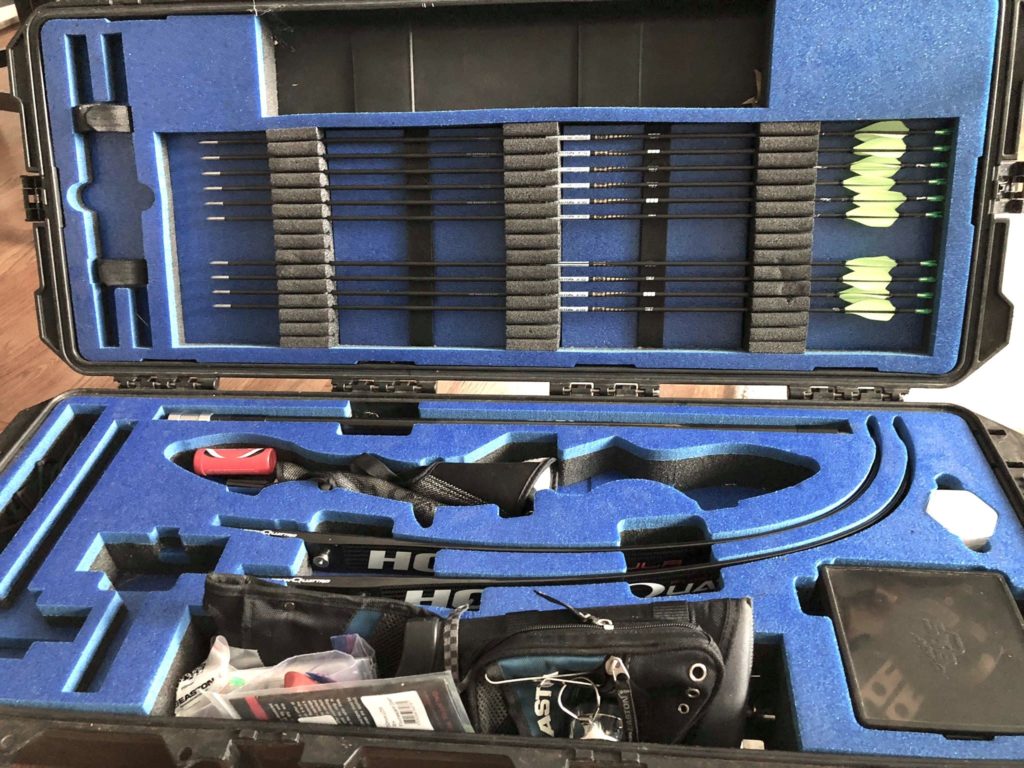
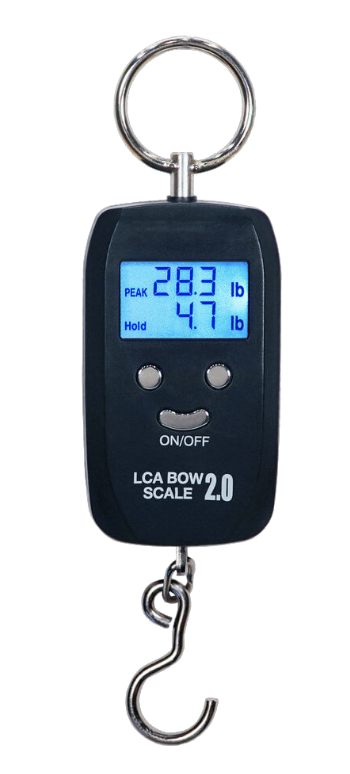
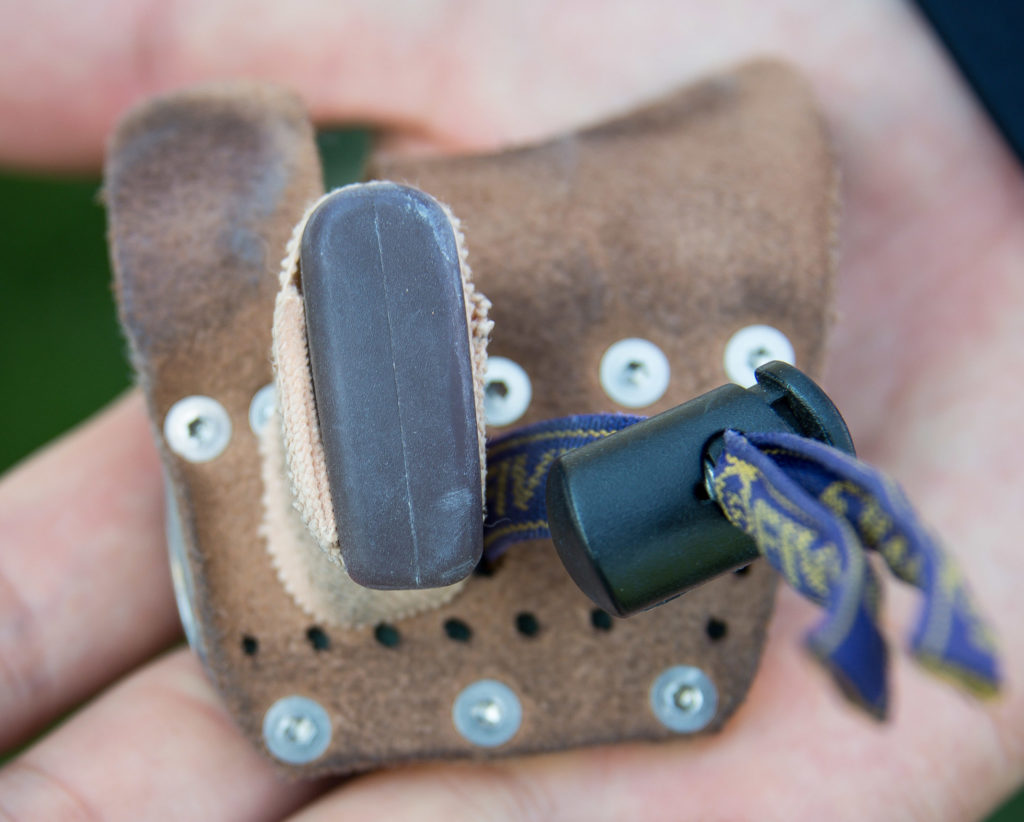
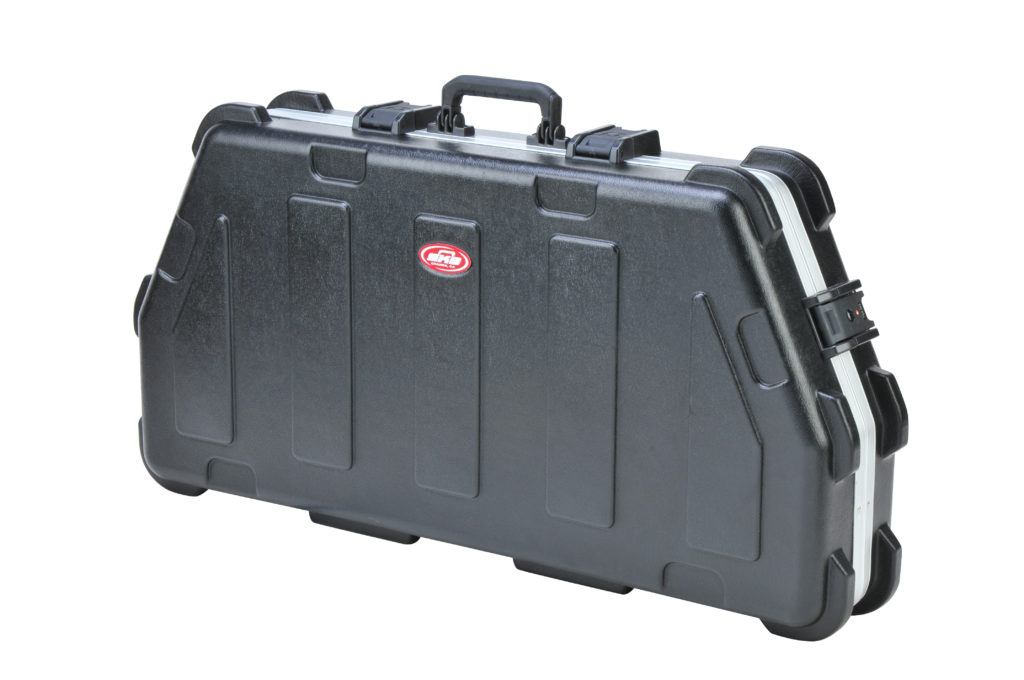
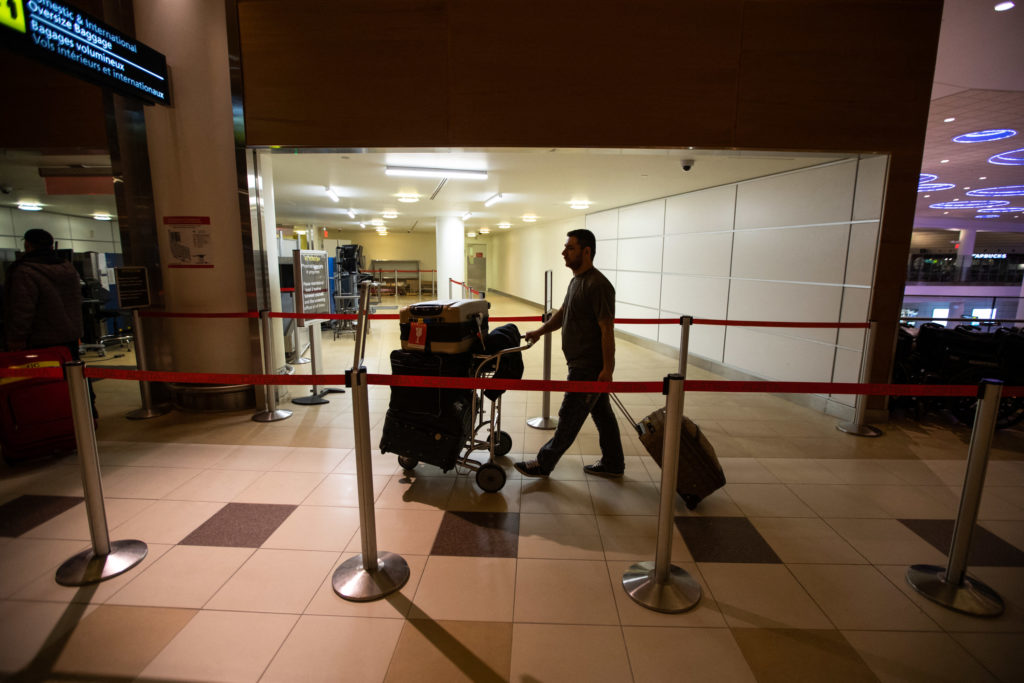
How about the hybrid cases ? What do you recommend ? I see the image with Legend cases.